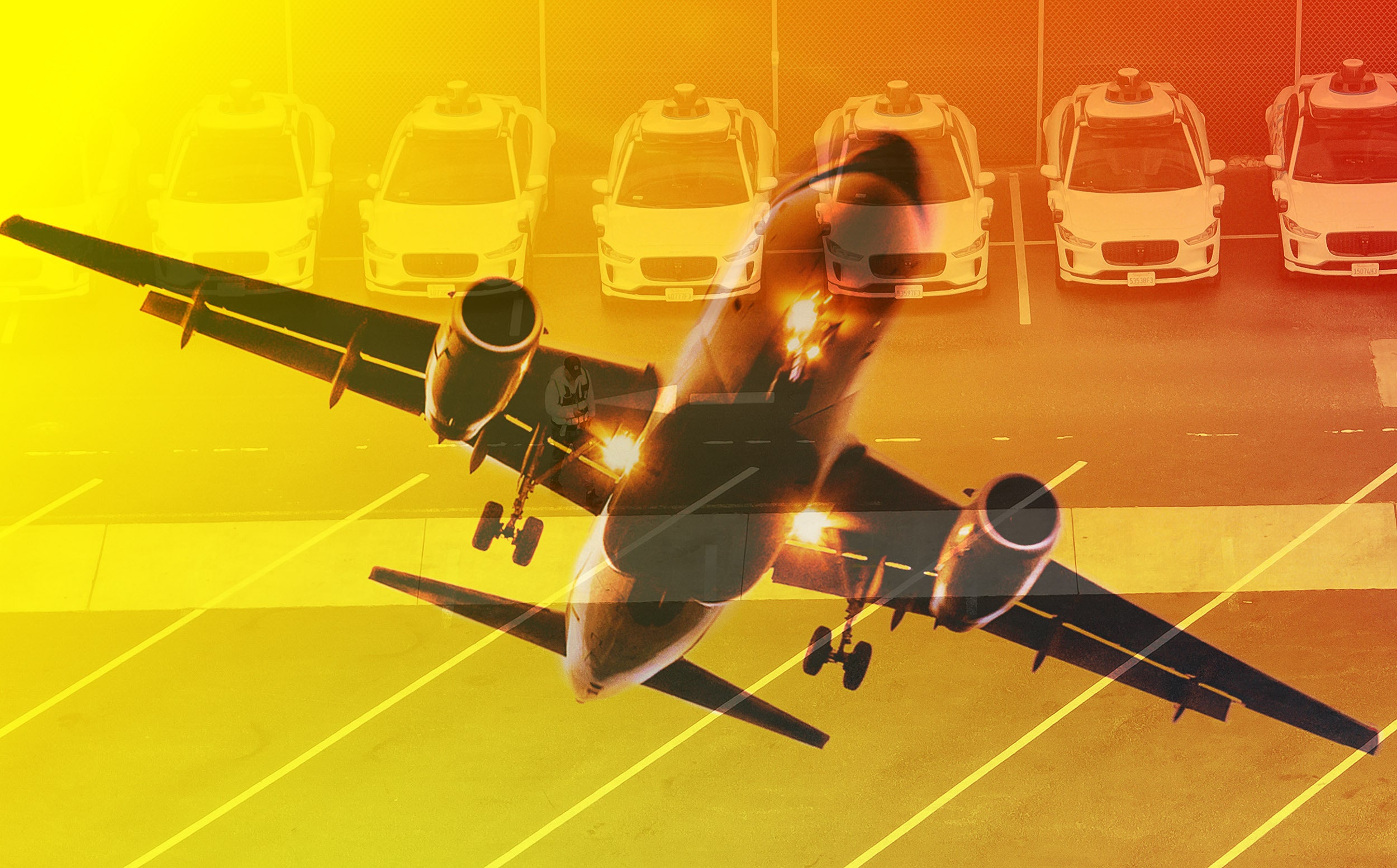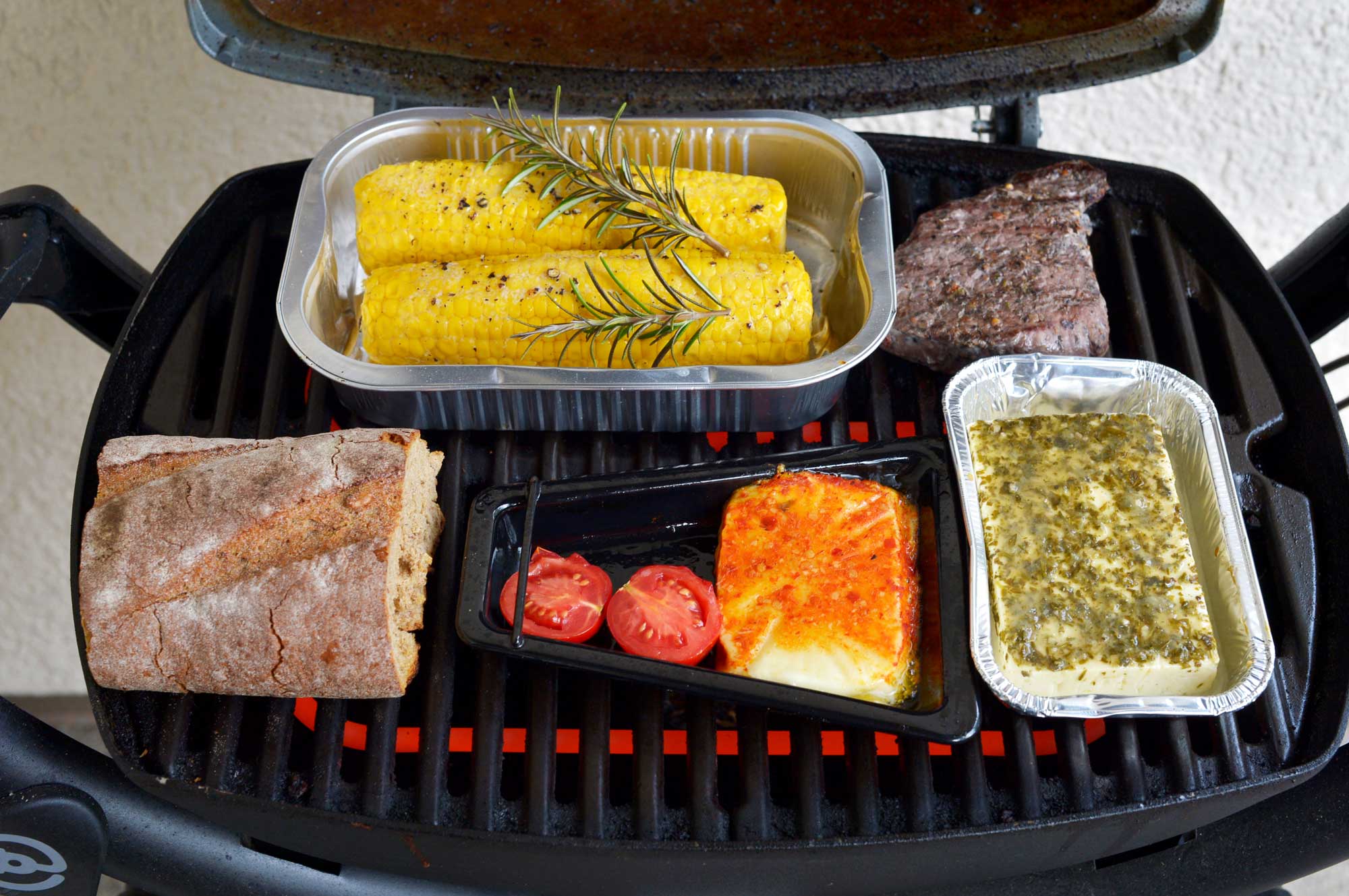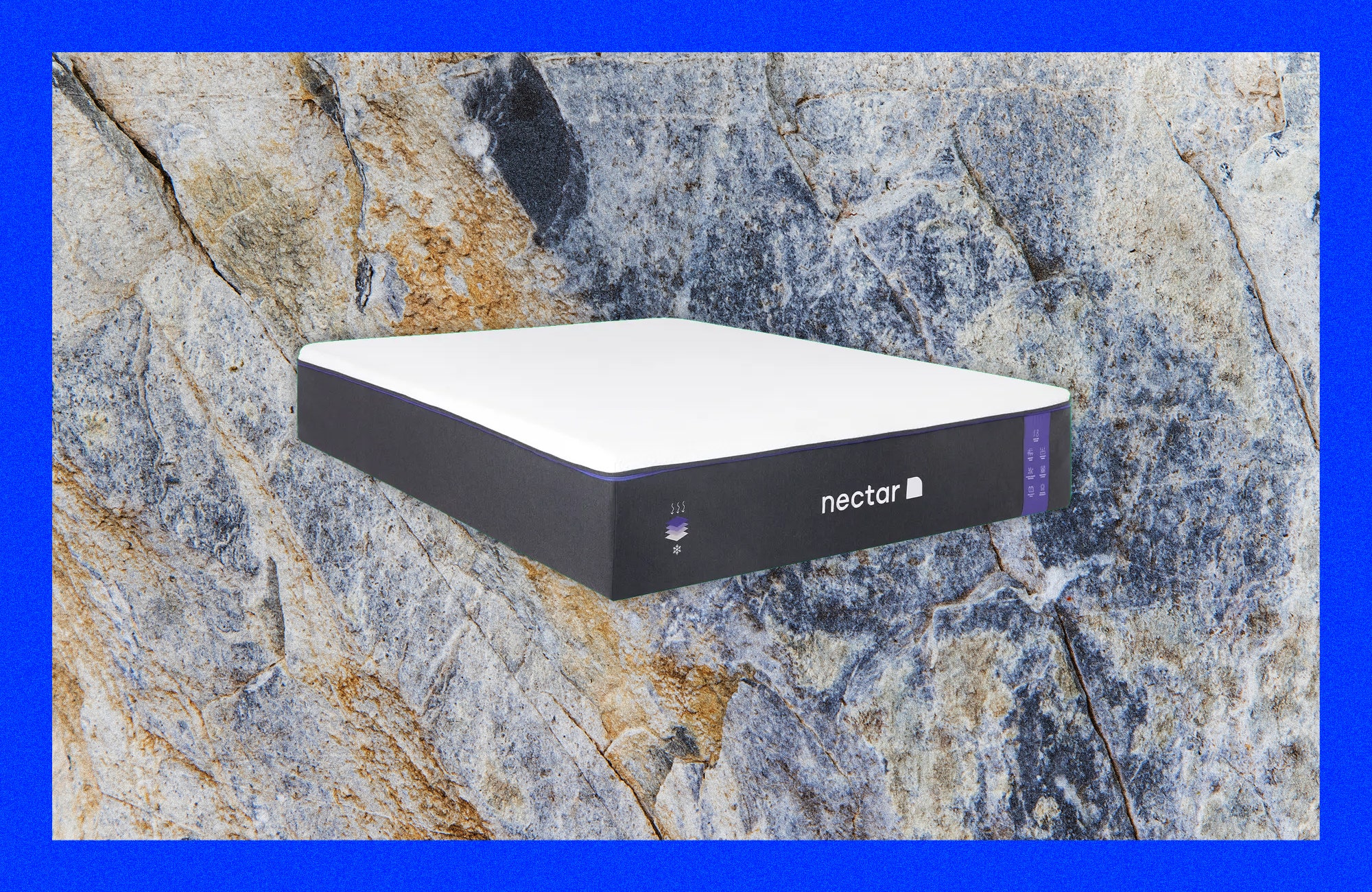
On Tuesday, Alphabet’s self-driving vehicle developer Waymo said it would begin operating all-day, curbside pickups and drop-offs at Phoenix Sky Harbor International Airport in Arizona. The announcement came with little fanfare—a post on X. But it signals that after years of delay, self-driving vehicles might be (literally) moving in the right direction.
The new curbside airport service sends a good signal about Waymo’s business, says Mike Ramsey, an automotive analyst with Gartner. “The airport is the primary destination and departure point for any sort of mobility service, whether it’s a cab, shuttle bus—or an autonomous robocab,” he says. Almost a decade ago, then-upstarts Uber and Lyft fought hard to gain access to airports. Less price-sensitive business travelers, families lugging bags, and anyone who doesn’t want to spend money to park at the airport all want easy-to-access rides, making it an ideal place to base a taxi service.
Even before all-day curbside service began, the airport was Waymo’s most popular destination in Phoenix, says Brad Gillette, Waymo’s market lead in the city. Waymo has operated self-driving vehicles in Arizona since 2017, and began offering rides to Phoenix’s airport at the end of 2022. For the first year of service, passengers could only get picked up and dropped off from the stations along the airport’s “Sky Train”—areas with less intense traffic. Late last year, Waymo began to offer nighttime curbside service between 10 pm and 6 am, also periods in which the airport was less hectic. Now, the service is open anytime, to anyone who downloads the company’s Waymo One app.
The company says it has served nearly 100,000 rides to and from the airport since it first started its station service nearly two years ago, and is now serving thousands of travelers per week.
The airport departures and arrivals curbs are also a really difficult place to drive. Cars pulling in and out, hunting for passengers, operating in tight spaces—this sort of thing is hard enough for a human. Gillette says it took Waymo a year of testing to ensure the company’s technology “can predict and react appropriately, with a certain level of assertiveness, in order to pull into the right place at the right time.”
Waymos will pick up and drop off from designated terminal rideshare and electric vehicle pickup areas, Eric Everts, a public information officer for the Phoenix Sky Harbor International Airport, said in an email. Through Waymo’s app, passengers will be given specific dwell times to load into vehicles, and the cars will leave them behind if they don’t hit the deadline, Everts wrote—implying that traffic cops won’t have to hassle the driverless vehicles to move along.
Bumpy Ride
Last summer, curbside pickup and drop-off became a point of contention as Waymo and competitor Cruise both applied to begin full-time paid passenger robotaxi service in San Francisco—to, basically, officially take on Uber and Lyft in the city where those services were born. In letters to the regulator overseeing the permitting, the city of San Francisco said it was concerned that robotaxis weren’t pulling close enough to curbs to pick up and drop off passengers.
For California regulators, who control autonomous vehicle operations in the state, the concern wasn’t much of a sticking point: A commission approved the permits in August 2023. (Cruise has since had its permit to operate rides in the state revoked, after state officials alleged the company concealed details of an incident in which an autonomous vehicle dragged a pedestrian some 20 feet.) But for some city officials and residents, robotaxis’ behavior at the curb was enough to say, no thanks.
Not so in Phoenix. The service also indicates good things about Waymo’s relationship with local public officials. On Tuesday, Phoenix mayor Kate Gallego posted a video on X in support of the new curbside service.
“It’s a good sign for Waymo’s capabilities, and its eventual ability to expand its service to other markets,” says Sam Abuelsamid, a principal research analyst covering mobility at Guidehouse Insights, an advisory firm. Abuelsamid said he wasn’t surprised by Waymo’s new airport service after recently riding a Waymo in San Francisco, where the vehicle smoothly pulled over to pick him up at a busy mall.
Waymo operates self-driving taxi services in the Phoenix area and in the San Francisco Bay Area. The company said last week that it would begin to test fully driverless vehicles—without a safety driver present—on San Francisco highways. But it still does not have permission to operate at San Francisco International Airport. Doug Yakel, a spokesperson for the airport, says Waymo has applied to digitally map airport roadways, the first step in launching service there, and that the airport is currently reviewing the request.
Waymo also operates an invite-only service in sections of Los Angeles, and has announced plans to start service in Austin, Texas, later this year.





